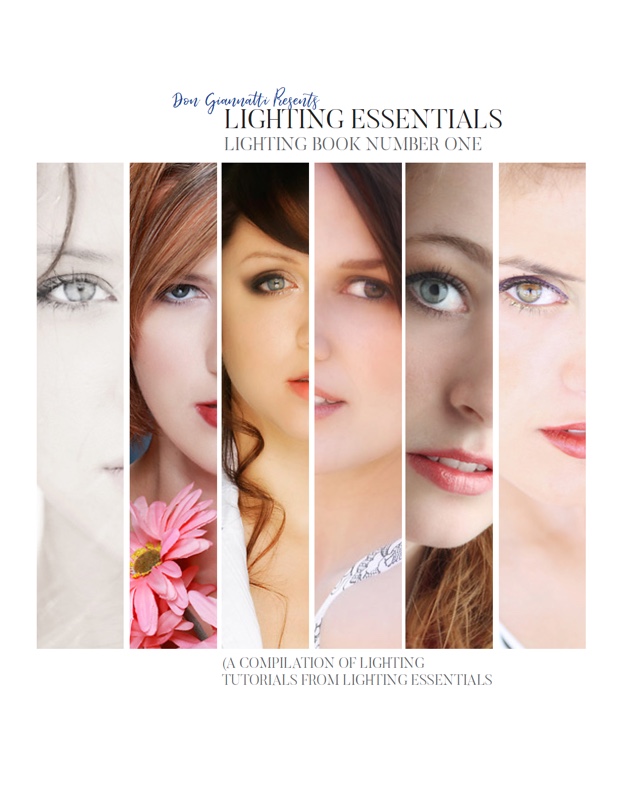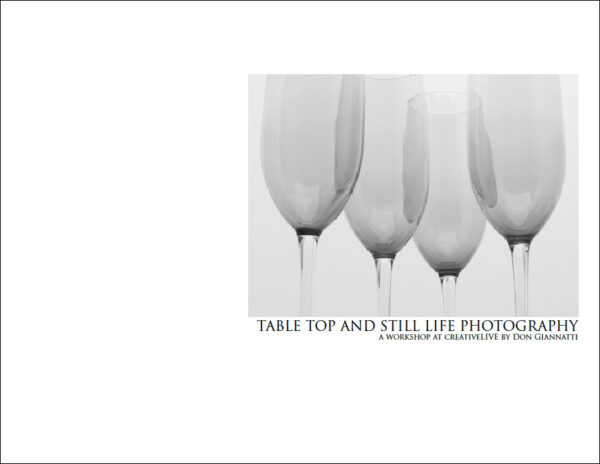WELCOME TO THE PROJECT 52 SPRING 2020 CLASS
I hope you are ready to rock it. This is YOUR class, and YOUR opportunity to learn more than you could imagine about this business.
It is a business, you know.
But it is also an art and aesthetic involving vision and visual arts.
We are going to immerse ourselves into it like crazed and impassioned artisans hell-bent on success.
What is success? Each of you will have to set goals for what that looks like.
For me it is that you make the fee for this class back 5-10 fold.
And whether you want to be a full time shooter, or a part time pro… this is our goal as well.
SIZE OF THE LIGHT IN RELATIONSHIP TO THE SIZE OF THE SUBJECT
LIGHT DOES THE SAME THING EVERY TIME.
Lighting Essentials Online Lighting Workshop for Photographers
01: Lighting Class: Light Principle One: The Size of the Light Source
Let’s look at light and the four principles of how light works.
First up, the size of the light source in relation to the size of the subject.
Imagine looking out the window at the front yard and without seeing the sky knowing whether it is sunny or cloudy. We do know, right?
We don’t have to see the sky to know if it is sunny or cloudy, we can tell from the way the light is behaving on the subjects in our yard. The car has a deep shadow below it if it is sunny and very little shadow at all if it is cloudy.
The plants are either casting long shadows or seemingly no shadows. The sun makes everything have a shadow, while the cloud cover acts as a shadow reliever.
We know this because we have observed the world for our whole lives and we understand how light works when it is sunny and when it is cloudy.
The sun is a tiny light source. (Yes, science nerds it is way huge, but I am talking about from where we look at it.) No more than a coin in the sky.
That is a very small light source. And it can be totally blocked out by the smallest of items: a branch, a rose, or even a butterfly. That means that the light cannot go around the subject and is instead blocked by the subject.
Here is the equivalent of the sun in the studio. A small, unmodified light at a distance from a coffee cup.
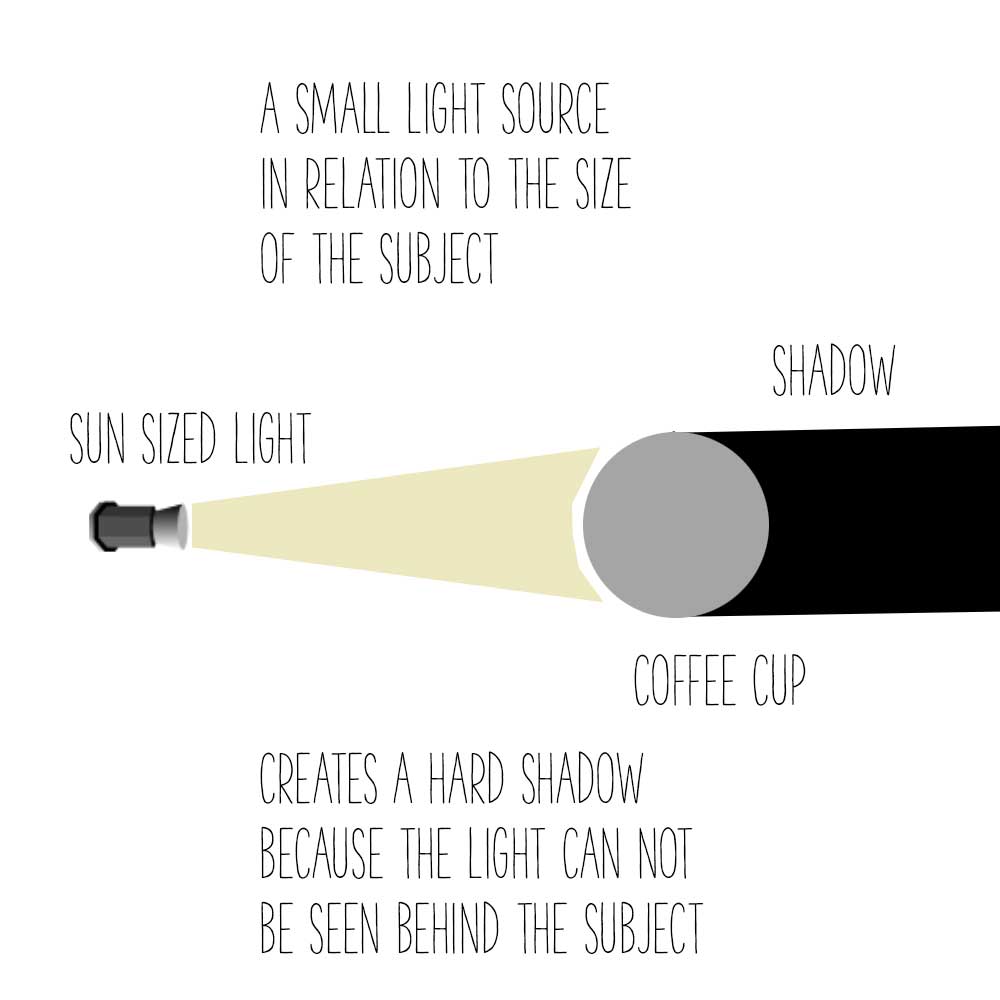
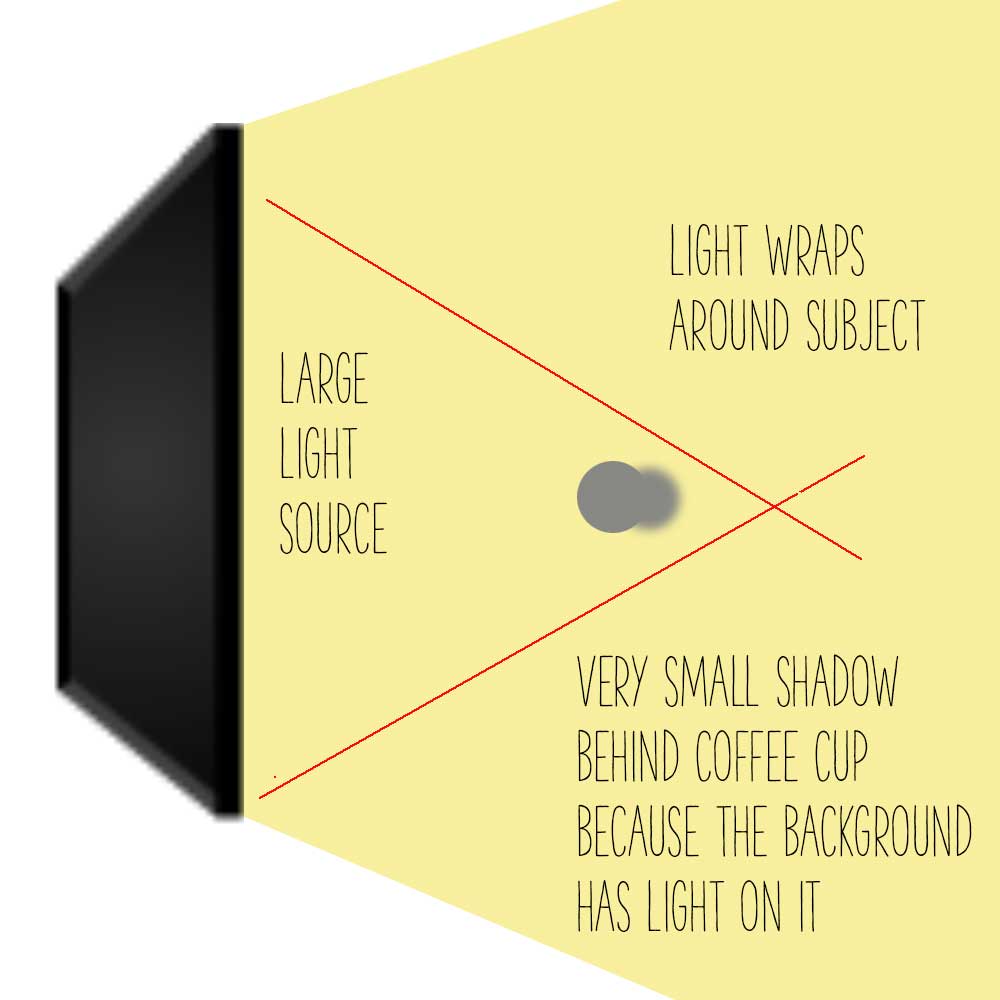
That is how the sun works as well.
The sun is the very small light source, and when the clouds come over the land, the sun lights the back of the clouds and they light the earth with no shadows because they go from horizon to horizon. Light is wrapping all around all the subjects it is seen by.
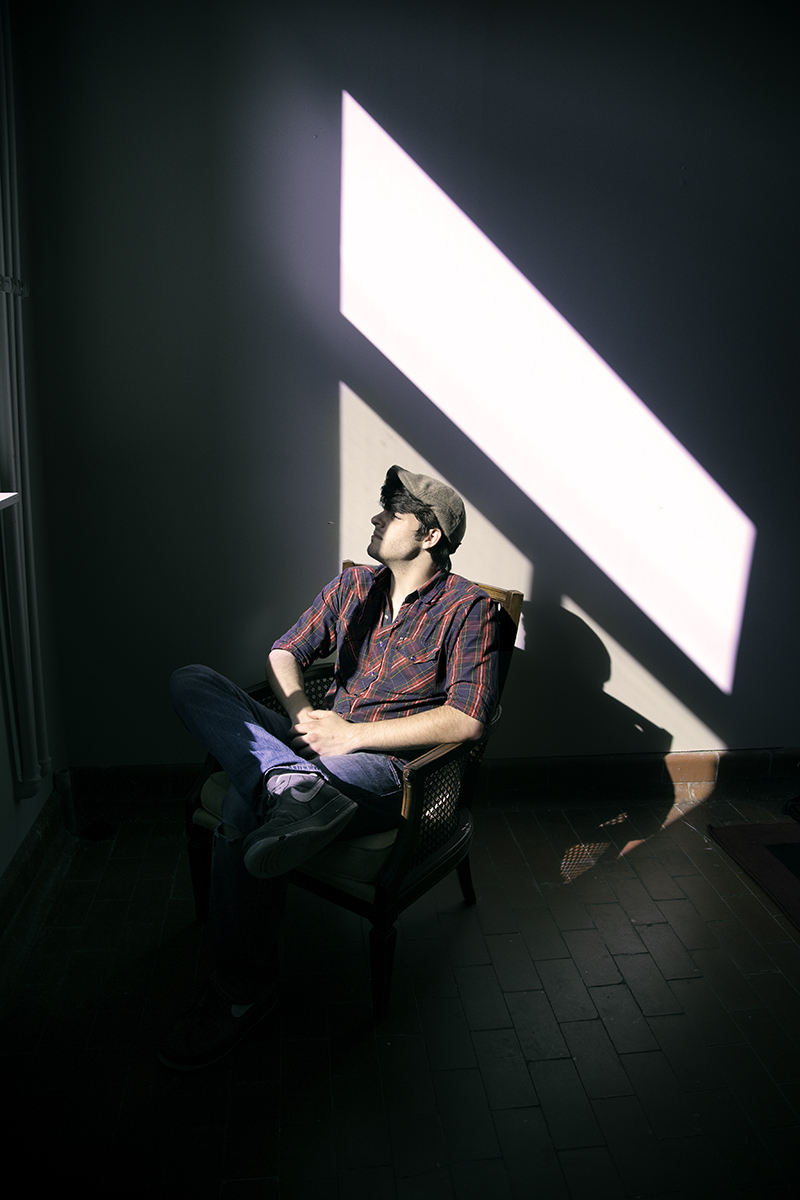
A very large light source will provide very soft light since it will ‘wrap’ around the subject by the fact of it being larger than the subject.
Think of your softbox as a “cloud cover” for your light (the sun) and it makes more sense to you.
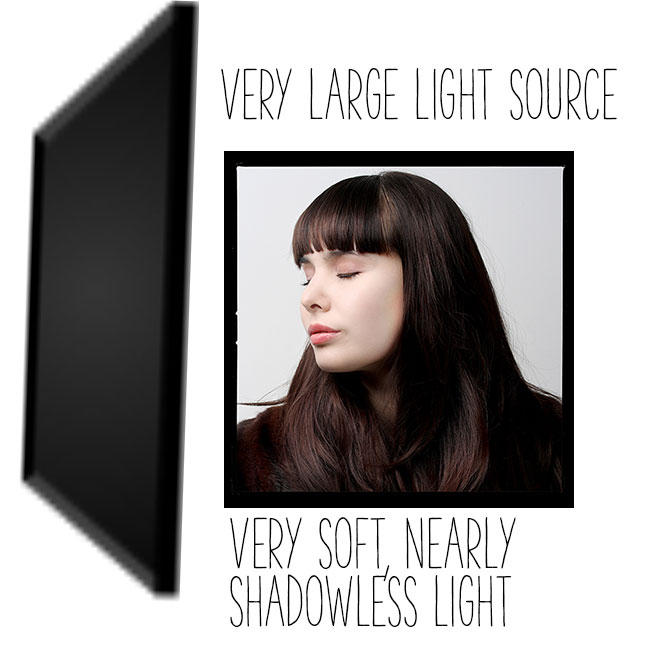
The image on the left shows how the small light source, the sun, creates hard shadows behind our subject. That is because the light source is tiny, about the size of a quarter and the window panes and the subject are much larger in relationship to that tiny light source.
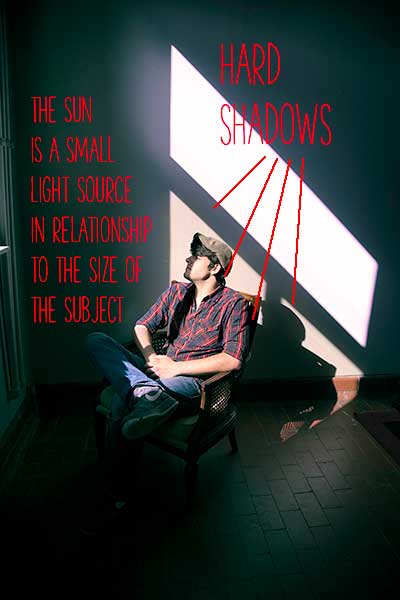

Now, this way of thinking about lighting begins to alter how we think about our lighting tools.
Question: is a 4’x5′ softbox a large softbox or a small softbox?
The answer is compared to what? Other softboxes? Yes.
The subject? Well – that depends. What is the subject?
If the subject is a Hot Air Popcorn Maker, then it is indeed a very large light source.
If our subject is a jetliner, then no – it is not a very big light source at all.
And then… how far will it be from our subject?
Distance makes the perceptual size of the light source diminish as it gets farther away. And it is that perceptual view is the one that matters.
A 20″ light source very close to a 1″ watch is a large light source. A 72″ x 72″ source far away from a 14′ square box is a small light source.
And the light will render that way as well.
LIGHT DOES THE SAME THING EVERY TIME – IT IS THE SUBJECTS THAT CHANGE THE GAME

